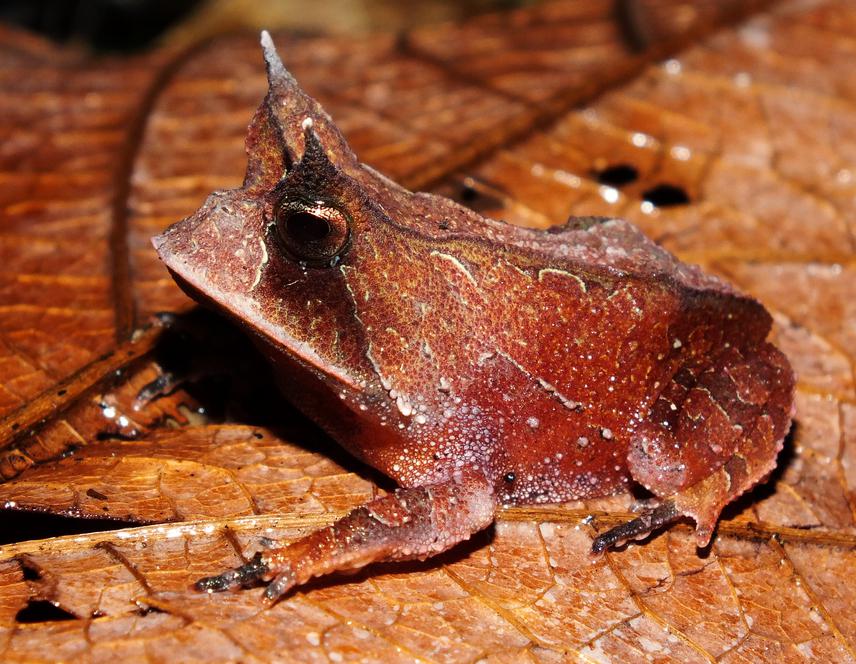Juliane Pereira Ribeiro
Other projects
5 Jan 2022
Amphibians from the Atlantic Forest of Brazil: An Assessment of Diversity Patterns and the Role of Environmental Factors in Communities
Knowledge about amphibian diversity and how communities are distributed along a gradient are of primary importance in conservation projects. The Atlantic Forest is considered one of the 25 biodiversity hotspots worldwide, sheltering a great diversity of amphibian species and a high rate of endemism. Considering this, this study aims to analyse the diversity of amphibians in terms of richness, composition and abundance, and to evaluate how the species are distributed in different Conservation Units in the Atlantic Forest of Espírito Santo, South-eastern Brazil.

The Atlantic Forest is the biome that houses the largest part of the amphibian fauna and the largest number of endemic species in Brazil, however, it is also the habitat of almost all anuran species threatened with extinction in the country. This is mainly because only 11% of the original plant cover remains. Furthermore, most of the biome resists isolated forest fragments that function as animal refuges.
In Brazil, Conservation Units are one of the main tools for biodiversity protection, however, these areas are vulnerable to the direct and indirect impacts of human activities, as fragmentation due to the expansion of agriculture around the units.
Espírito Santo has approximately 132 species of anuran amphibians, but this number increases each year with the discovery of new species and new distributions. About 11% of the species of anuran amphibians in the state are classified as some level of threat by the IUCN. Thus, studies with amphibian diversity and distribution in Espírito Santo are important to help with consistent information about species, especially to evaluate their real status in the general conservation landscape.
This study will produce data on the diversity and distribution of amphibians of the Atlantic Forest of Espírito Santo, South-eastern Brazil. These data may help in the plan of management of the units of conservation, as well as help in the actions to mitigate of possible environmental impacts. In addition, it will be possible to contribute information that helps in understanding species characteristics (whether they are abundant or rare where they occur, how they are distributed), especially those with deficient data.